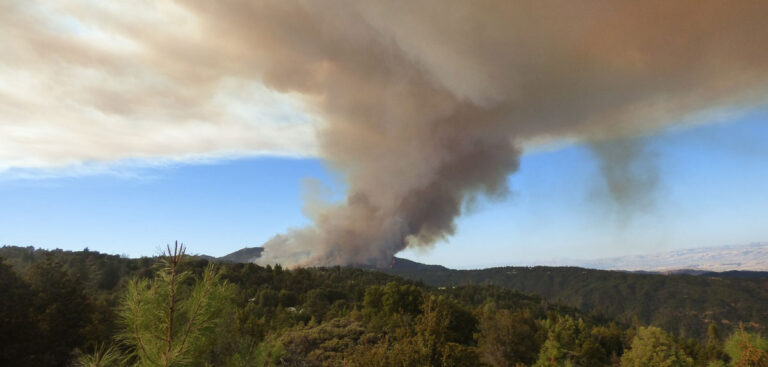A new report gets specific about the direct effect of climate change on extreme weather events.
The Bulletin of the American Meteorological Society (BAMS) report provides evidence for how human-induced climate change made more likely a series of extreme weather events in 2018. The report presents 21 new peer-reviewed analyses of extreme weather across five continents and one body of water during 2018.
Calling on the research of 121 scientists from 13 countries who examined both historical observations and model simulations, the report – titled Explaining Extreme Events in 2018 From a Climate Perspective – tries to determine if and by how much climate change influenced these extreme global weather events.
Among the weather extremes it analysed were record heatwaves in the Iberian peninsula and South Korea, a drought in the US Southwest, extreme flooding on the US East Coast, wildfires in California, an unusually cold spring in the UK and disappearing sea ice in the Bering Sea.
Stephanie Herring, a NOAA climate scientist and editor of the BAMS special issue, said that the field of climate attribution is improving as scientists develop better tools to identify a so-called ‘climate signal’ in extreme weather events.
“It’s now been 15 years since the publication of what is considered the first research on the role of climate change in extreme weather, and during that time the evidence that human-caused climate change is impacting weather events has only been increasing,” Herring said.
“This year we are seeing more and more evidence of climate change ‘fingerprints’ on different types of events, especially wildfires and heavy rain.”



